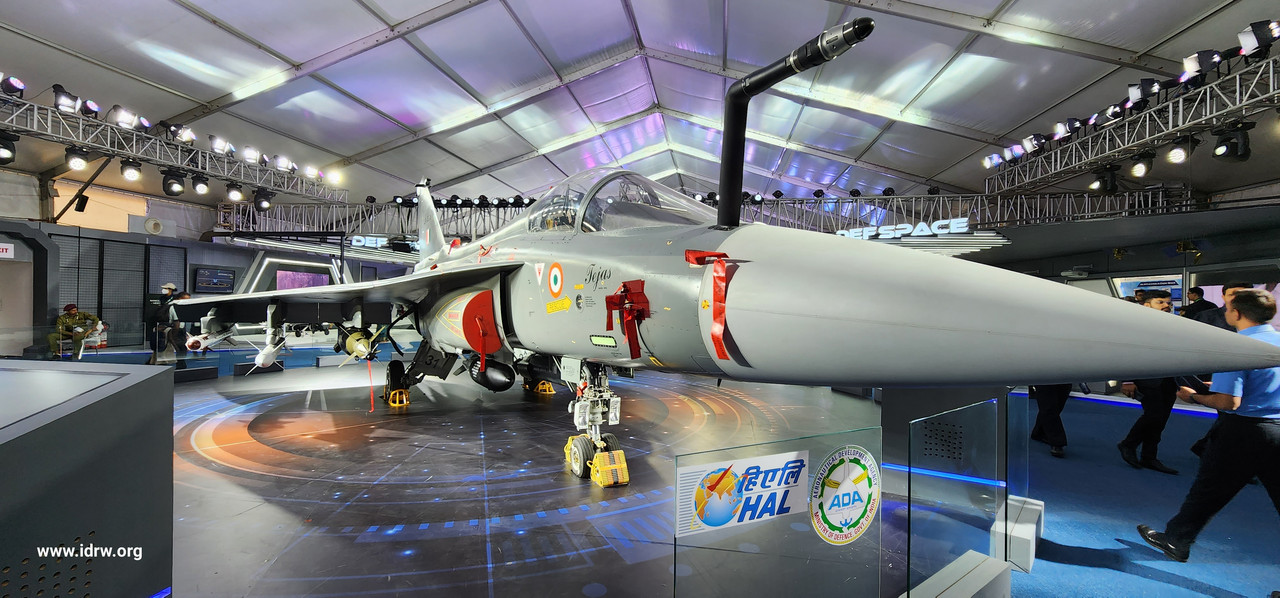SOURCE: RAUNAK KUNDE / NEWS BEAT / IDRW.ORG


The Indian Air Force’s (IAF) plan to equip its Tejas Mk1A fighter jets with the advanced Meteor air-to-air missile a few years ago has hit a snag. European manufacturer MBDA initially refused integration due to compatibility issues with the Tejas’ Russian origin and Israeli radar.
MBDA expressed concerns about integrating the Meteor, boasting a 150+ km range and a 60 km “no-escape zone,” onto a platform with some Russian components and the Tejas’ Israeli radar. This posed a technical and possibly political hurdle.
However, persistent negotiations between the IAF and MBDA have yielded a potential solution. MBDA has shown a willingness to reconsider integration if the Tejas Mk1A or MkII is equipped with an indigenous Active Electronically Scanned Array (AESA) radar developed by the Defence Research and Development Organisation (DRDO) called Uttam.
Hindustan Aeronautics Limited (HAL) has confirmed that the Uttam AESA Fire Control Radar system will be integrated into the Tejas Mk1A from the 41st aircraft onwards. This indigenous radar integration opens the door for future Meteor integration.
While the Meteor negotiations offer promise, India is also developing its long-range solution: the Astra MkIII. This ramjet-powered air-to-air missile boasts a 300 km range, significantly exceeding the Meteor’s capabilities. However, sources suggest bulk induction of the Astra MkIII is still 4-5 years away.
The Meteor thus emerges as a potential interim solution, providing the Tejas with a powerful air-to-air capability until the Astra MkIII is fully operational.
NOTE : Article cannot be reproduced without written permission of idrw.org in any form even for YouTube Videos to avoid Copy right strikes. Websites doing illegal reproductions will get DMCA and Legal Notices.